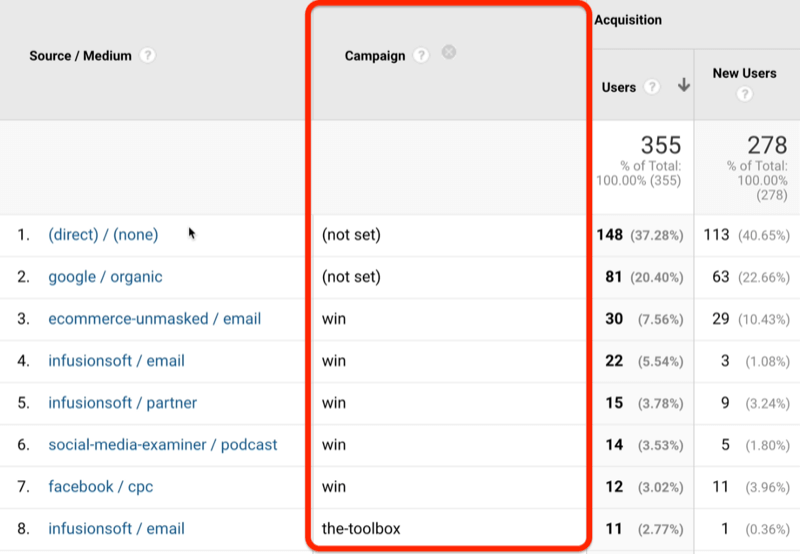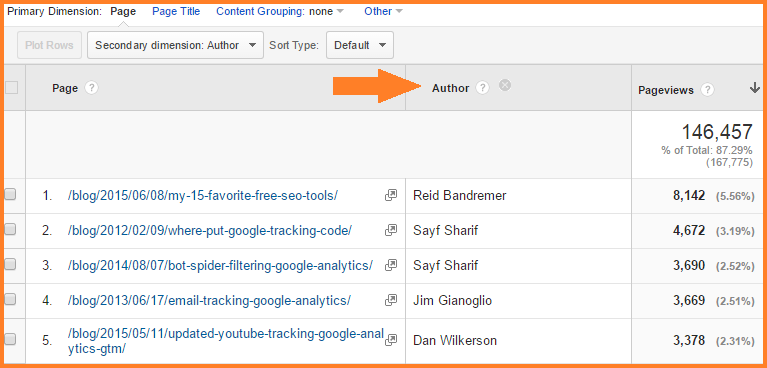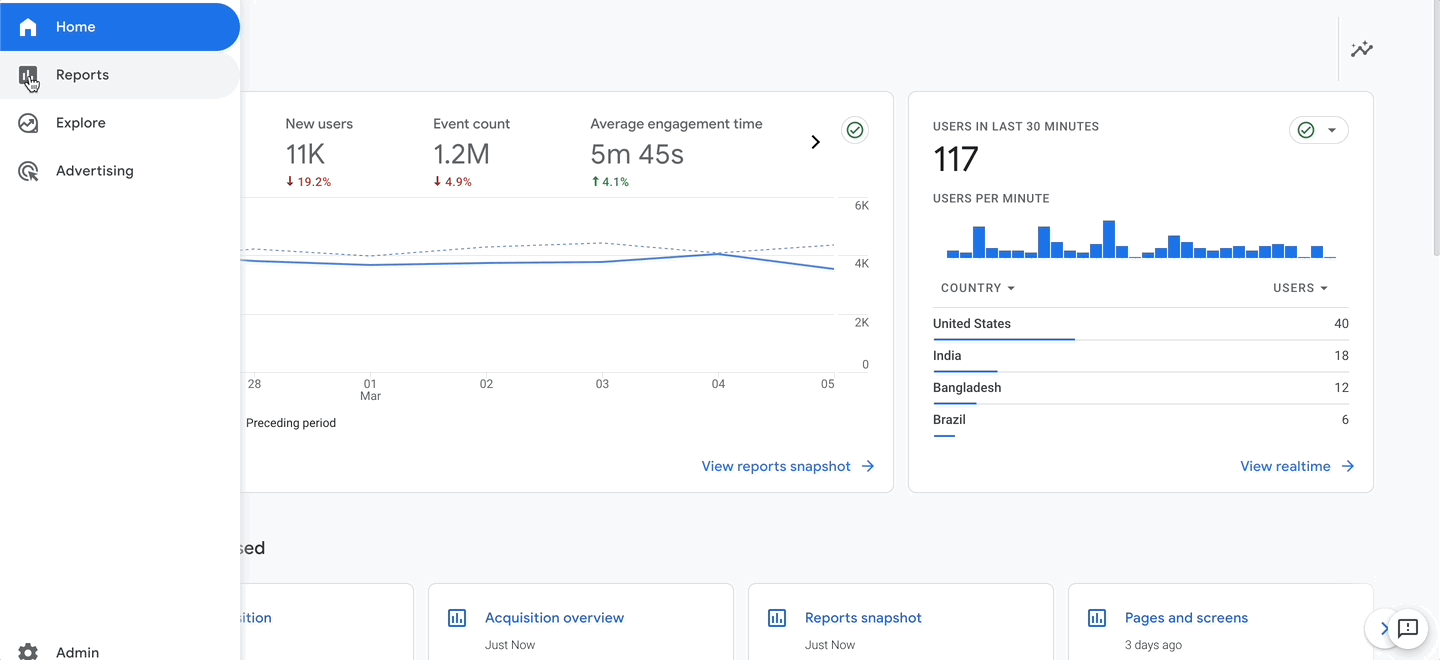Browsing the Midst of Second Dimension in Google Analytics: A Comprehensive Exploration on Its Performance
In the realm of digital analytics, the complexities of data analysis often hold the trick to unlocking valuable understandings. Within the expansive toolkit of Google Analytics exists a feature that acts as a surprise gem for those that look for a much deeper understanding of individual behavior and internet site efficiency. Additional dimensions, though apparently uncomplicated initially look, harbor a wide range of untapped potential waiting to be utilized. As we begin on this trip to explore the nuanced functionality of second dimensions, we will uncover exactly how this feature can brighten patterns, reveal relationships, and eventually pave the method for notified decision-making in the digital landscape.
Comprehending Second Measurements in Google Analytics

Understanding how additional measurements work is crucial for leveraging the full power of Google Analytics. These measurements aid you address a lot more complicated concerns regarding user actions and the efficiency of your internet site content and advertising initiatives. You can utilize additional measurements to examine which gadgets or internet browsers are most frequently made use of by site visitors who make an acquisition, or to contrast the bounce rates of different web traffic sources. By combining key metrics with additional measurements, you can obtain useful understandings that drive educated decision-making and optimization techniques - what is a “secondary dimension” in google analytics?.
Leveraging Additional Measurements for Information Analysis
Building upon the foundational understanding of exactly how second dimensions enhance information evaluation in Google Analytics, the application of these extra layers of information ends up being paramount in extracting valuable understandings for notified decision-making and optimization methods. By leveraging additional measurements, experts can delve deeper into the efficiency metrics by including more context to the key dimensions, therefore revealing covert patterns and relationships that might not be evident in the beginning glimpse. This deeper level of evaluation enables businesses to better comprehend user behavior, determine patterns, and identify locations for enhancement.
Moreover, second dimensions offer an even more thorough sight of the information, enabling for segmentation based upon numerous specifications such as demographics, gadgets, traffic resources, and extra. This division facilitates a much more granular analysis, making it possible for companies to customize their campaigns and strategies to details audience sectors for enhanced targeting and customization. Essentially, the strategic use additional measurements empowers organizations to make data-driven decisions that drive growth and success in the electronic landscape.
Advanced Strategies for Second Dimension Implementation
Discovering elaborate methods to harness the full possibility of additional measurements in Google Analytics boosts the depth and elegance of information Visit Your URL evaluation for critical decision-making. One advanced method for carrying out second dimensions is the usage of custom dimensions. By specifying custom dimensions, users can sector information additionally to gain even more particular understandings right into customer actions, such as tracking interactions with details components on a web page or keeping an eye on the efficiency of a particular marketing project. An additional advanced strategy is the use of regex (regular expressions) within additional dimensions. Regex enables even more powerful and flexible pattern matching, allowing customers to create intricate filters for data evaluation. Furthermore, incorporating additional measurements with sophisticated segments can offer even much more granular insights by using several layers of division to the information. This technique enables a deeper understanding of customer habits based on different standards at the same time. Implementing these advanced techniques for additional measurements in Google Analytics equips users to carry out much more sophisticated evaluation and make data-driven decisions with precision.
Interpreting Insights Through Second Measurements

When interpreting understandings with secondary measurements, it is necessary to take into consideration the context of the data and how various measurements connect with each other. Understanding which details website traffic resources lead to greater conversion rates or recognizing which tools customers like for making acquisitions can offer workable understandings for optimizing advertising projects and enhancing total website performance. By carefully examining the data with additional measurements in mind, businesses can make informed decisions that drive meaningful results and boost their electronic presence.
Optimizing Efficiency With Second Measurements

One key means to enhance performance with second measurements is by segmenting data a lot more granularly. This allows you to isolate specific elements that may be affecting your metrics and get a much better understanding of what drives success or failing in your electronic initiatives. As an example, by incorporating additional measurements such as 'device classification' and 'touchdown web page,' you can determine which device types are most efficient for specific landing pages, allowing you to customize your techniques appropriately.
In addition, using second dimensions can aid over at this website you recognize trends, patterns, and connections that may not appear when analyzing data with key dimensions alone. This much deeper degree of analysis can lead to more enlightened decision-making and eventually enhance the overall efficiency of your website or digital marketing projects.
Final Thought
In final thought, secondary measurements in Google Analytics play a vital duty in boosting data analysis and supplying much deeper understandings right into web site efficiency. By using advanced strategies and analyzing the data efficiently, companies can maximize their strategies and improve general efficiency. Comprehending the functionality of secondary measurements is important for making notified choices and driving success in the electronic landscape.
By leveraging secondary measurements, experts can delve deeper right into the performance metrics by adding even more context to the primary measurements, therefore uncovering concealed patterns and connections that may not be evident at first glimpse. One sophisticated technique for applying secondary dimensions is the usage of customized measurements.Having grasped advanced techniques like custom-made dimensions and regex for additional measurement application in Google Analytics, the next essential step is interpreting the beneficial understandings obtained through these innovative information segmentation techniques. Analyzing understandings with second dimensions includes analyzing the relationships between the primary and additional dimensions chosen, uncovering patterns, fads, and connections that might not be promptly obvious when looking at the data in its totality.When analyzing understandings via second measurements, it is necessary to think about the context of the data and just how various dimensions engage with each various other.